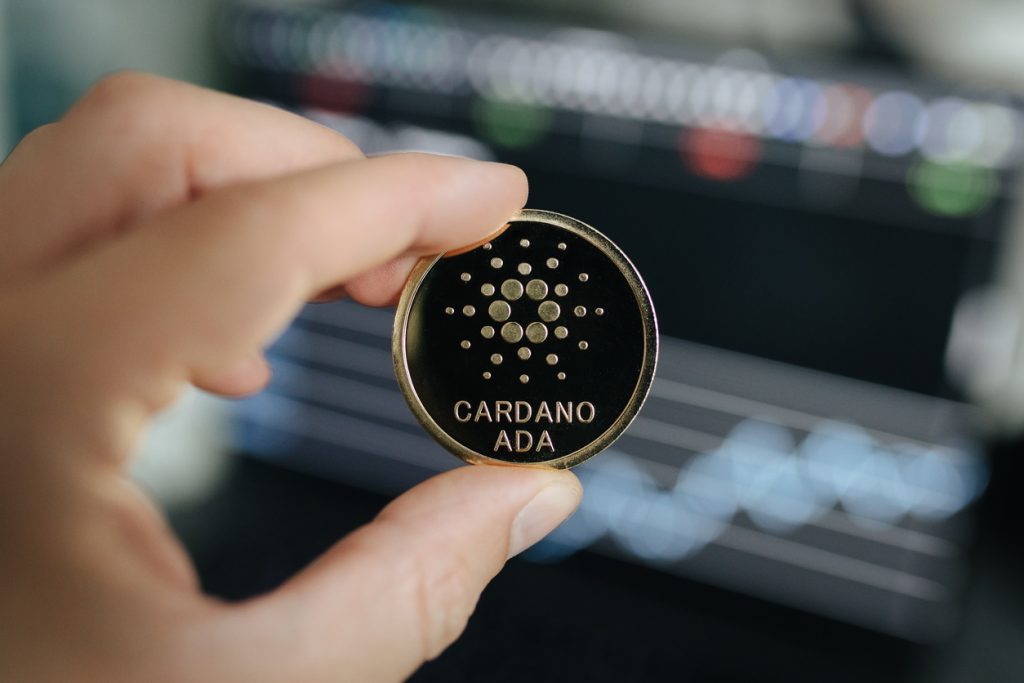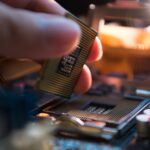The world of non-fungible tokens (NFTs) is rapidly growing, and the Cardano blockchain has emerged as a popular platform for creating and trading NFTs. In this article, we will explore the steps required to create NFTs on the Cardano blockchain.
What is Cardano?
Cardano is a decentralized blockchain platform that allows for the creation and execution of smart contracts. It was founded in 2015 by Charles Hoskinson, a co-founder of Ethereum, and is often compared to Ethereum for its focus on decentralized applications and smart contracts.
One of the key features of Cardano is its use of proof-of-stake (PoS) consensus algorithm, which is more energy-efficient than the proof-of-work (PoW) algorithm used by Bitcoin and Ethereum. This makes Cardano a more sustainable and eco-friendly platform for blockchain-based applications.
How to Create NFTs on the Cardano Blockchain
Step 1: Set up a Cardano Wallet
The first step in creating NFTs on the Cardano blockchain is to set up a Cardano wallet. A Cardano wallet is a software program that allows you to store, send, and receive ADA, the native cryptocurrency of the Cardano blockchain.
There are several wallets that support Cardano, including Yoroi, Daedalus, and Adalite. Each wallet has its own unique features and benefits, so it’s important to research and choose the one that best fits your needs.
Once you have set up your wallet, you will need to fund it with ADA. You can purchase ADA on various cryptocurrency exchanges, such as Binance, Coinbase, and Kraken.
Step 2: Mint an NFT
The next step is to mint an NFT on the Cardano blockchain. To do this, you will need to create a smart contract that defines the characteristics of your NFT, such as its name, description, and image.
Cardano uses Plutus, a programming language based on Haskell, to write smart contracts. Plutus provides a secure and functional programming language that is designed to prevent common programming errors and ensure the safety of smart contracts.
To create a smart contract for your NFT, you will need to use a programming environment that supports Plutus, such as the Plutus Playground or the Marlowe Playground. These environments provide a user-friendly interface for creating and testing smart contracts.
Once you have created your smart contract, you will need to deploy it to the Cardano blockchain. This can be done using a command-line interface (CLI) or a graphical user interface (GUI), depending on your level of technical expertise.
Step 3: Configure the Metadata
After you have minted your NFT, you will need to configure its metadata. Metadata is a set of data that describes the characteristics of your NFT, such as its name, description, and image.
In Cardano, metadata is stored separately from the NFT itself, which allows for greater flexibility and scalability. You can configure your NFT metadata using the Cardano Metadata Registry, a decentralized platform for storing and retrieving metadata on the Cardano blockchain.
To configure your NFT metadata, you will need to create a JSON file that contains the metadata information. The JSON file should include fields such as name, description, image, and any other relevant information about your NFT.
Once you have created the JSON file, you can upload it to the Cardano Metadata Registry using a transaction on the Cardano blockchain. This will associate the metadata with your NFT and make it available to anyone who wants to view or purchase your NFT.
Step 4: List Your NFT for Sale
The final step in creating NFTs on the Cardano blockchain is to list your NFT for sale. There are several
marketplaces and platforms that allow you to sell and trade NFTs on the Cardano blockchain, such as CNFT.io, Cardanoswap, and Spacebudz.
To list your NFT for sale, you will need to create a listing on one of these platforms. The listing should include information about your NFT, such as its name, description, image, and price.
You will also need to transfer ownership of the NFT to the buyer when it is purchased. This can be done using a transaction on the Cardano blockchain, which will transfer the NFT from your wallet to the buyer’s wallet.
It’s important to note that there may be fees associated with listing and selling NFTs on these platforms. These fees may vary depending on the platform and the value of your NFT.
Tips for Creating Successful NFTs on Cardano
Unique and High-Quality Content: To create successful NFTs on the Cardano blockchain, it’s important to focus on unique and high-quality content. The more unique and valuable your NFT is, the more likely it is to attract buyers and collectors.
Utilize Social Media: Social media can be a powerful tool for promoting your NFTs and reaching a wider audience. Consider sharing your NFTs on social media platforms like Twitter, Instagram, and Reddit to attract potential buyers and collectors.
Engage with the Community: Engaging with the Cardano community can help you to gain exposure and build a following for your NFTs. Participate in community events, share your work in online forums, and collaborate with other creators to build your network.
Stay Up-to-Date on Developments: The world of blockchain and NFTs is constantly evolving, so it’s important to stay up-to-date on the latest developments and trends. Follow news outlets and industry leaders to stay informed and adapt your strategies accordingly.
Conclusion
Creating NFTs on the Cardano blockchain can be a rewarding and lucrative endeavor for creators and collectors alike. By following the steps outlined in this article and utilizing the tips for success, you can create unique and valuable NFTs that attract buyers and collectors on the Cardano blockchain. As always, it’s important to do your own research and seek advice from experienced professionals before diving into the world of NFTs and blockchain technology.






